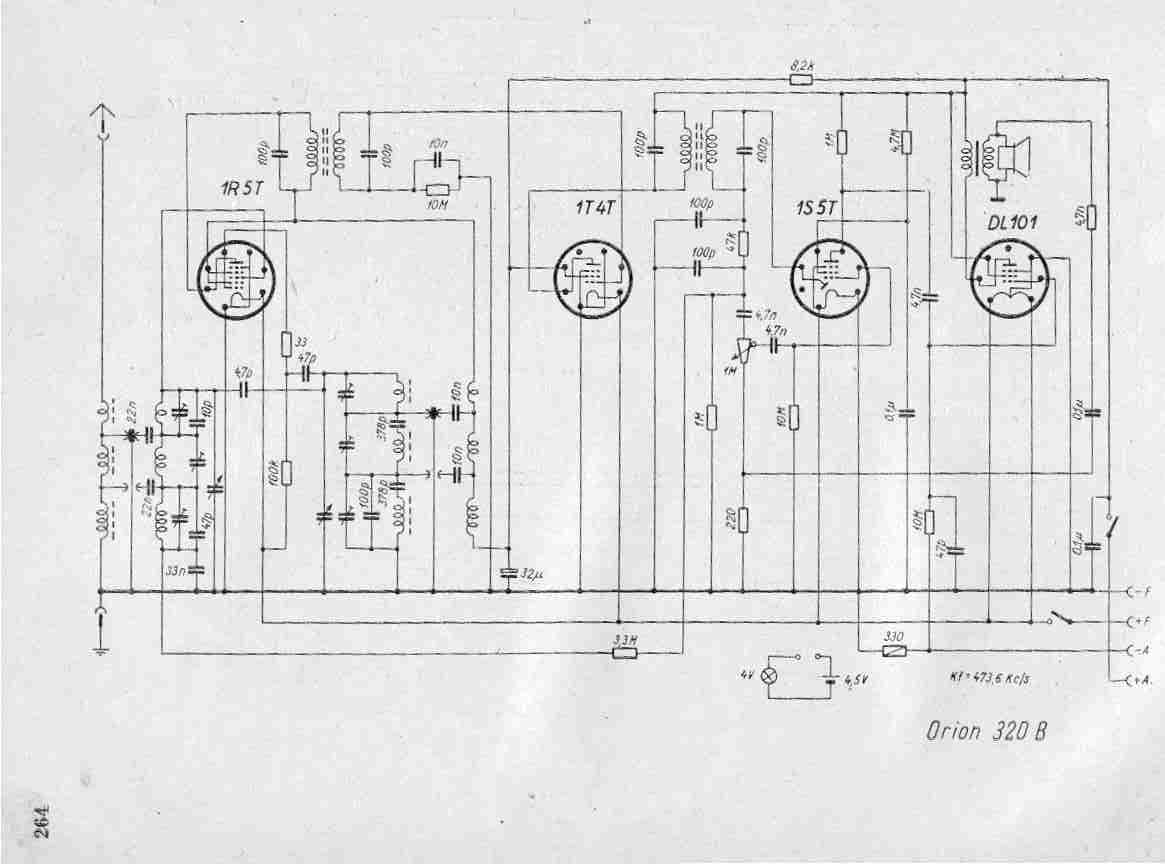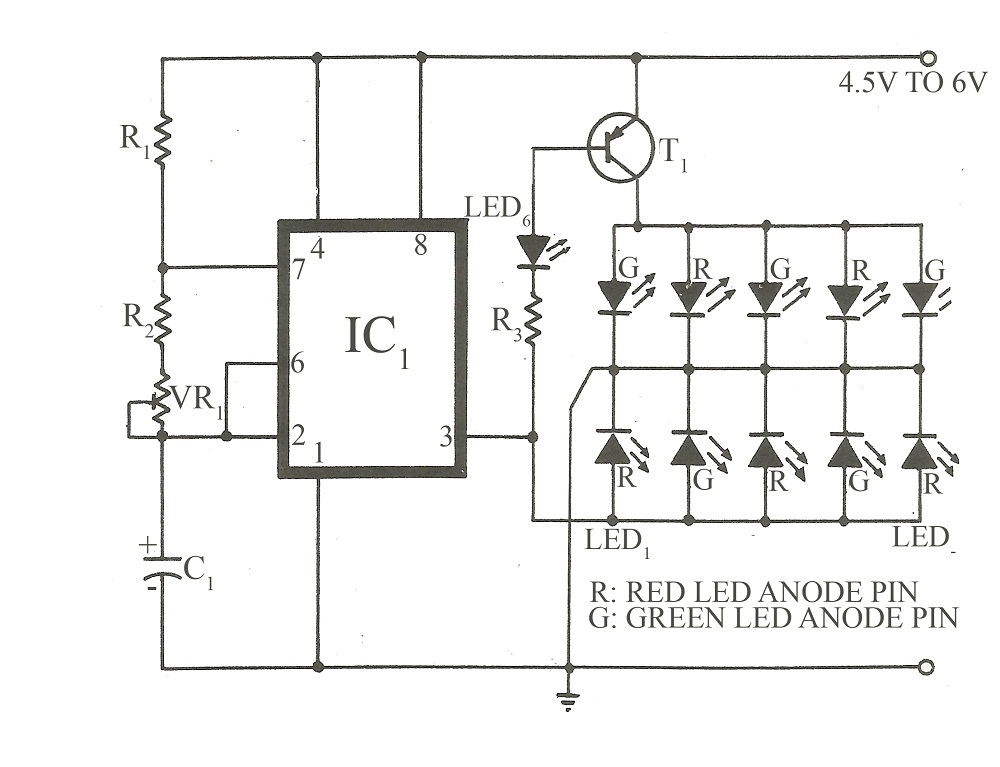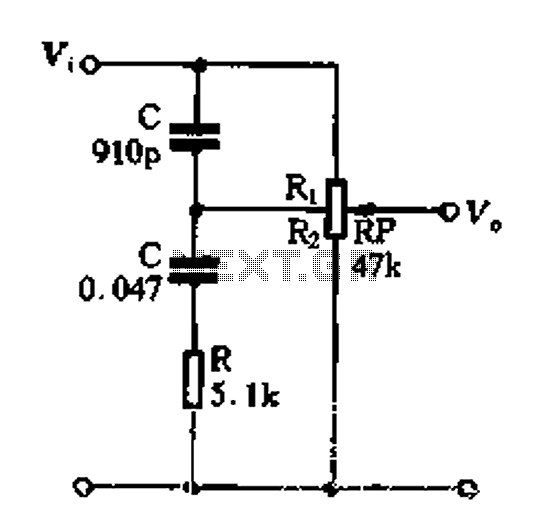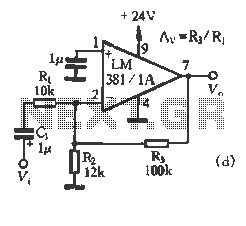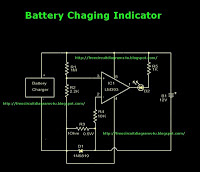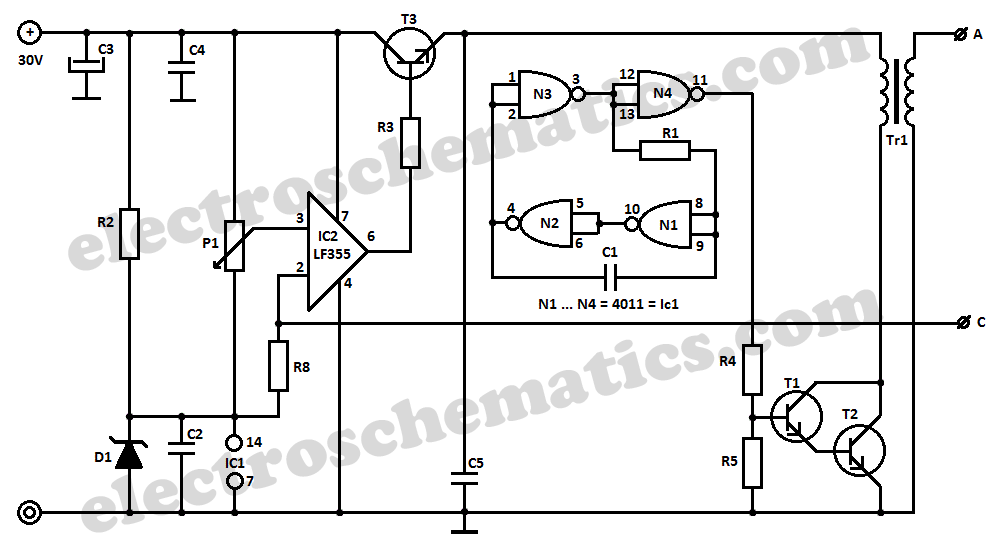
latching relay circuit
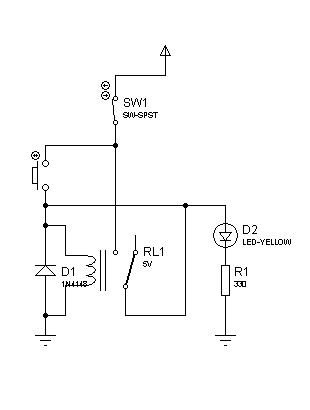
The circuit can also be triggered by logic ICs (TTL/CMOS) using the appropriate interfacing method. Another relay is typically used to serve as the trigger button when interfacing ICs with the latching relay circuit.
The described circuit utilizes a latching relay that can be activated by logic integrated circuits (ICs) such as TTL (Transistor-Transistor Logic) or CMOS (Complementary Metal-Oxide-Semiconductor) devices. The interfacing between these logic ICs and the latching relay requires careful consideration to ensure proper operation and voltage levels.
To facilitate this interfacing, a secondary relay is employed as a trigger mechanism. This relay acts as an intermediary that converts the low-level signals from the logic ICs into a higher current signal suitable for activating the latching relay. The choice of the secondary relay should be based on its ability to handle the voltage and current levels required by the latching relay while ensuring that the control signals from the logic ICs are adequately processed.
The circuit design typically includes a flyback diode connected in parallel with the relay coil to protect the logic ICs from voltage spikes generated when the relay is de-energized. Additionally, resistors may be used to limit the current flowing into the relay coil, ensuring that the logic ICs are not overloaded.
In summary, the operation of the latching relay circuit can be effectively controlled by TTL or CMOS logic ICs through the use of a secondary relay as a trigger mechanism, providing a reliable and efficient method for interfacing between digital logic and electromechanical components.The circuit can also be triggered by logic ICs(TTL/CMOS) using proper interfacing method. I usually use another relay that serve as the trigger button when interfacing ICs to latching relay circuit. 🔗 External reference
The described circuit utilizes a latching relay that can be activated by logic integrated circuits (ICs) such as TTL (Transistor-Transistor Logic) or CMOS (Complementary Metal-Oxide-Semiconductor) devices. The interfacing between these logic ICs and the latching relay requires careful consideration to ensure proper operation and voltage levels.
To facilitate this interfacing, a secondary relay is employed as a trigger mechanism. This relay acts as an intermediary that converts the low-level signals from the logic ICs into a higher current signal suitable for activating the latching relay. The choice of the secondary relay should be based on its ability to handle the voltage and current levels required by the latching relay while ensuring that the control signals from the logic ICs are adequately processed.
The circuit design typically includes a flyback diode connected in parallel with the relay coil to protect the logic ICs from voltage spikes generated when the relay is de-energized. Additionally, resistors may be used to limit the current flowing into the relay coil, ensuring that the logic ICs are not overloaded.
In summary, the operation of the latching relay circuit can be effectively controlled by TTL or CMOS logic ICs through the use of a secondary relay as a trigger mechanism, providing a reliable and efficient method for interfacing between digital logic and electromechanical components.The circuit can also be triggered by logic ICs(TTL/CMOS) using proper interfacing method. I usually use another relay that serve as the trigger button when interfacing ICs to latching relay circuit. 🔗 External reference
